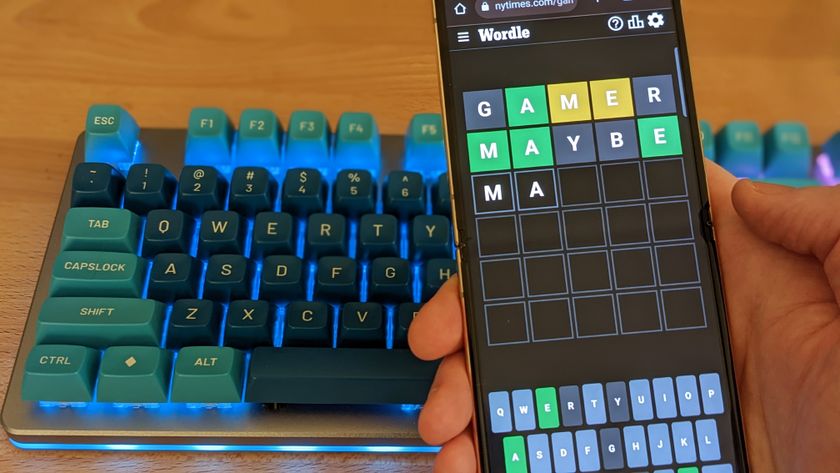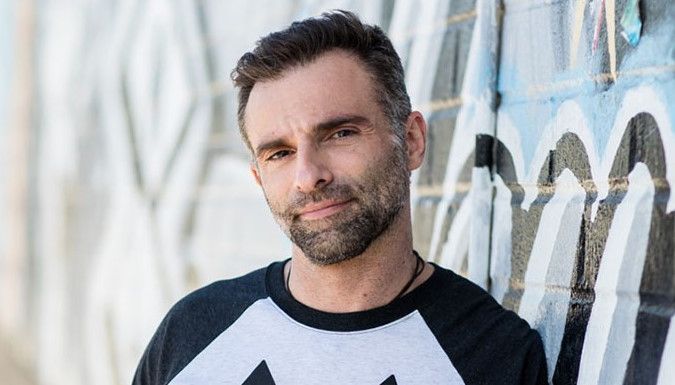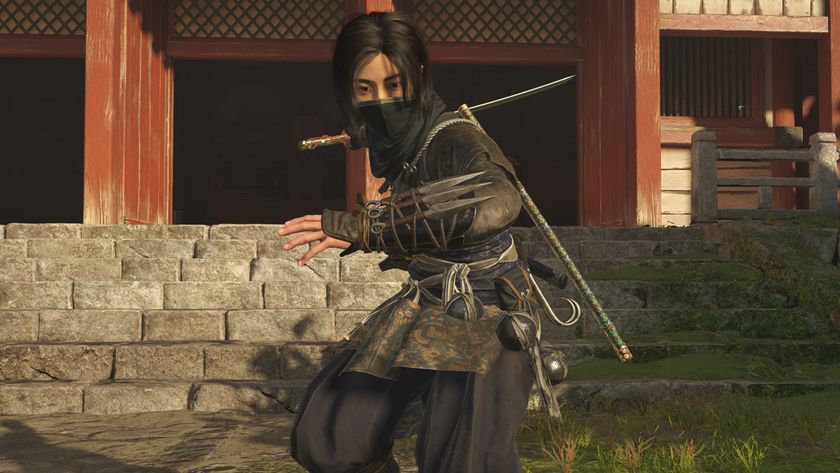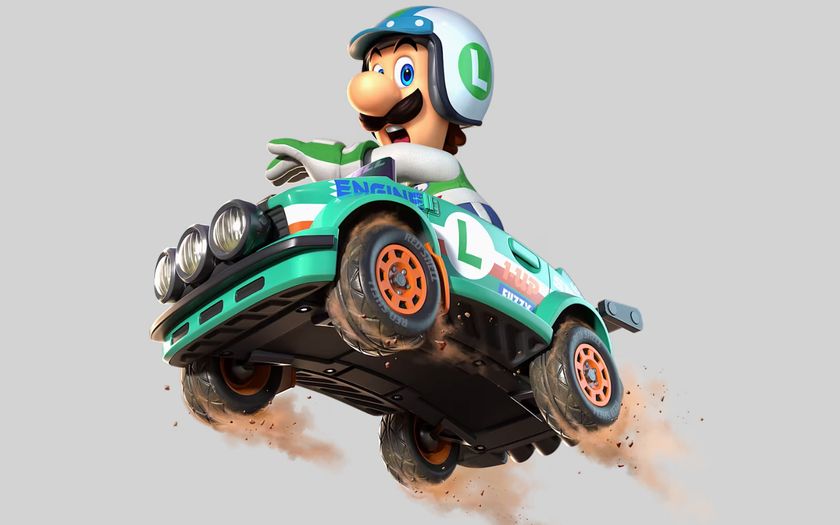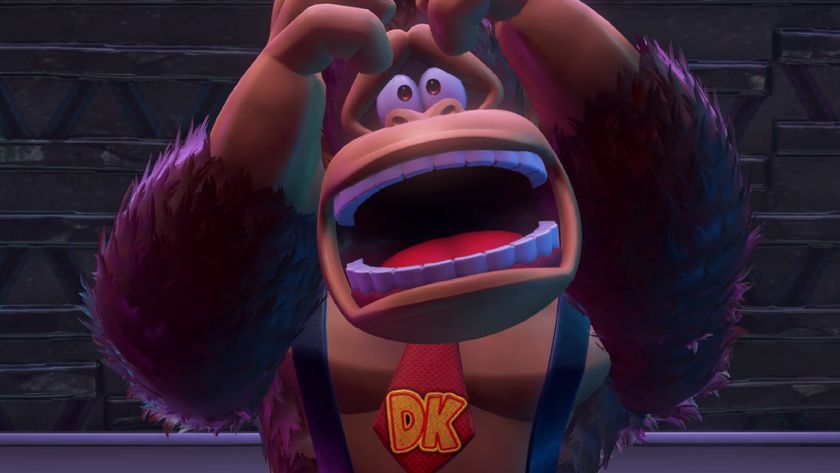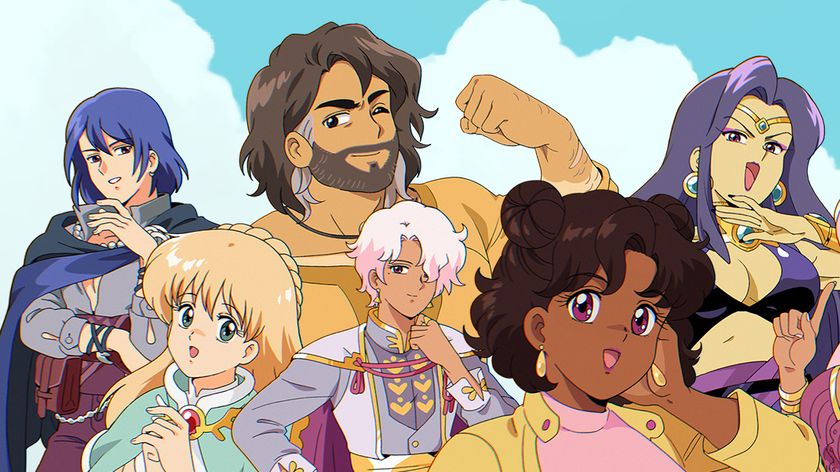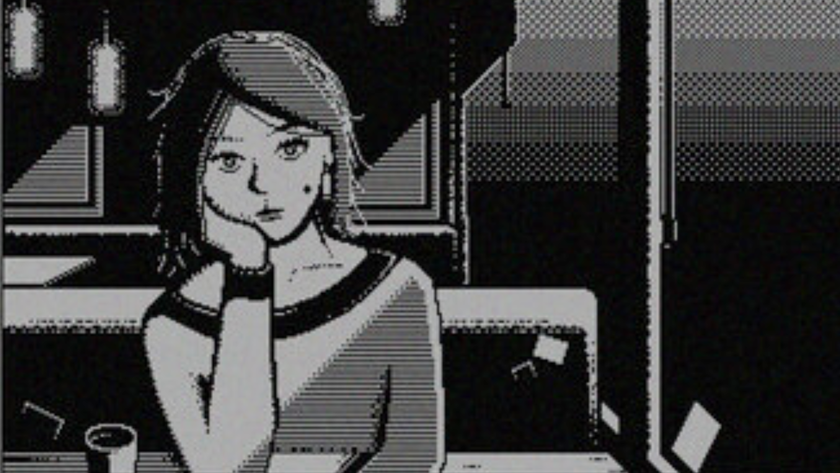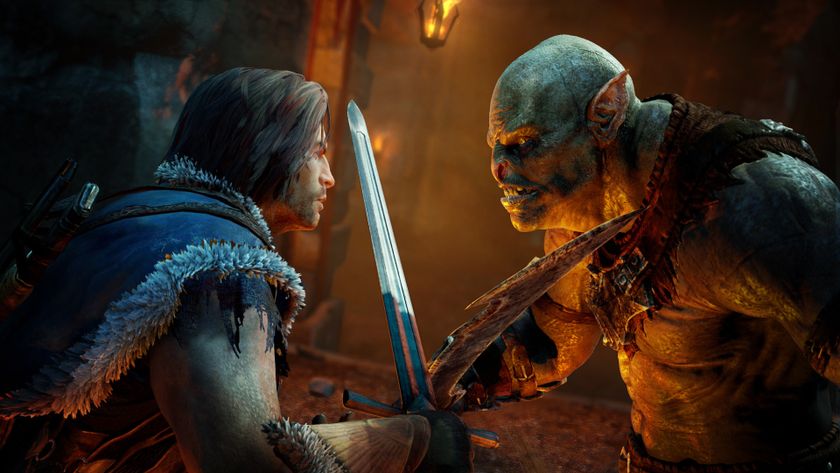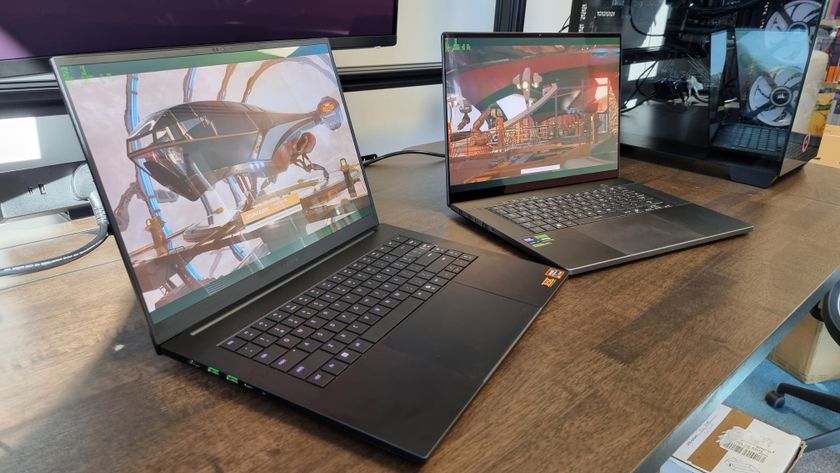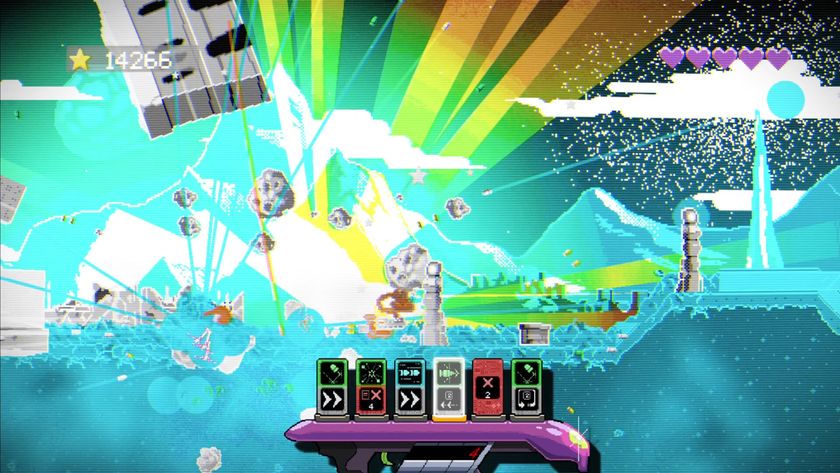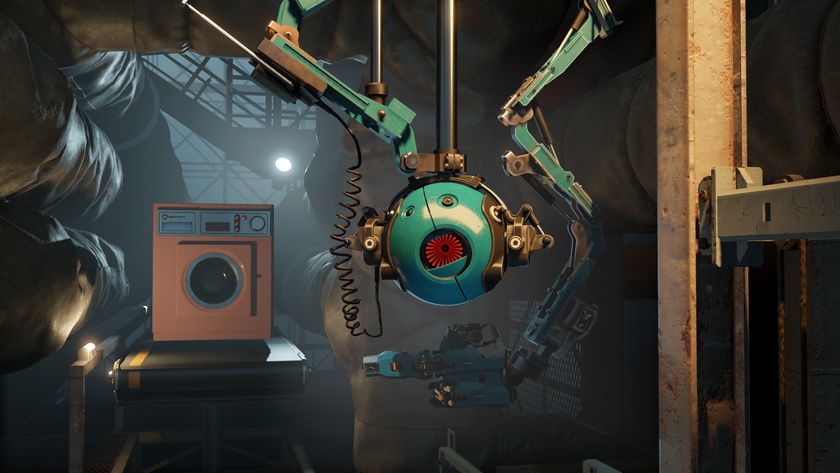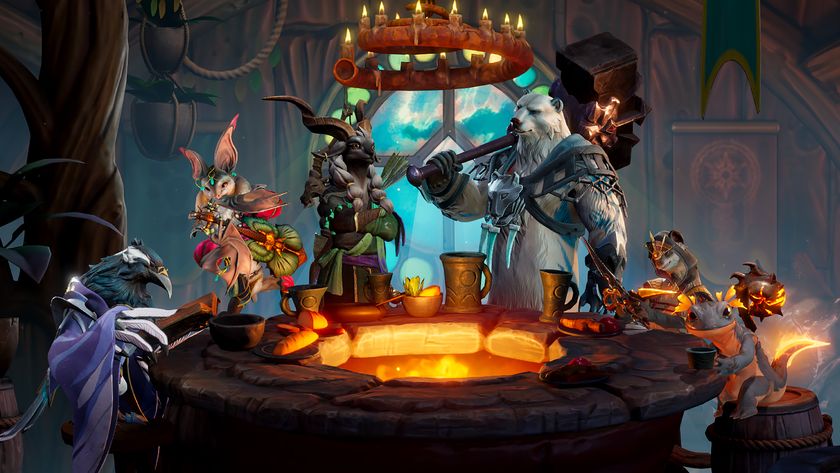Payday 2 hands-on preview

The structural changes to Payday 2 are what I'm most excited about. I mostly liked the first game's adaptation of horde mode-style gameplay, but Payday 's novel theme was underused--too much of it amounted to dumping magazines of ammo into clown car after clown car of police. Payday's missions were pleasant emulations of movie heists, but many of them either dragged on longer than they should've, threw too big a body count at you, or felt too exhausting to restart if you failed halfway through. Stealth was usually impractical, and once the police went into all-out assault mode any semblance of pacing went out the window.
I'm glad to learn as I sit down to play Payday 2, then, that some of the game's 17 jobs are broken into smaller but connected parts. On these “multi-day” missions, there's an incremental reward for each segment you complete, and a big payoff (money, EXP, and an item drop) if you finish the whole job. The mission I play begins as an art heist--a night raid on an empty single-floor gallery. To complete it successfully, we need to get in, grab at least four paintings, and throw them in our van in the parking lot.
Things start off smoothly. My team gets into a tight formation as we crouch-walk in through a locked outer door of the gallery. The organization Payday 2 prompts you to have is instantly refreshing. Within minutes, we're already calling out camera locations, delegating who's grabbing which paintings, and debating whether breaking into the security room to peek at the camera feeds is worth the risk. When the alarm eventually trips, we fend off small squads of SWAT and make a break for the van, escaping with the art and most of our health.
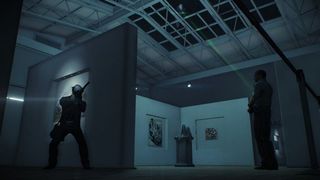
In the job's second stage, we meet shady buyers outside an abandoned factory. In real-time, each of us tap G to throw a painting onto a table inside a ruined train car. Hovering above in a small helicopter, the sellers make it clear that they're disappointed that we only stole the minimum amount. They throw us a bag of cash for every painting we swiped in the first part of the job, but the deal goes bad--we're attacked by police after the sale and have to fight our way out. Interestingly, this ambush isn't a predetermined event--had we brought more art to the table, there's a higher possibility that we could've walked away from the second stage of the job without shooting anything.
Not all of Payday 2's missions adopt this structure (at E3 I played a standalone bank heist), but I love the idea of the result of one job segment influencing how the following ones play out in a handful of subtle and explicit ways. Between the first and second segment, for example, we had to play an extra 10-minute survival sequence on a highway. This had a higher chance of triggering because we alerted so many police during the art heist sequence. And I didn't even get to play the art heist's third and final section, a 20-minute raid on a senator's compound where the stolen paintings have been installed with hidden cameras.
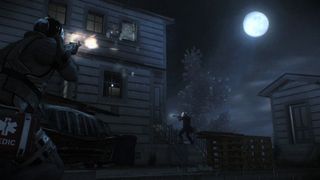
Within the missions themselves, Overkill has introduced a set of randomized elements to improve replayability. Camera placement and quantity, the presence of metal detectors and low-level loot, your spawn and escape locations, enemy entry points, how armored the guards are, AI routes, and other elements will differ each time you attempt a job.
I was disappointed that Payday's weapon feel hasn't significantly improved. A combination of generous-feeling hit detection and exaggerated flinch animations on enemies provides unclear feedback. But I'm willing to tolerate enemies that feel like they walked out of Time Crisis or another light gun arcade game in exchange for the creative structural changes Overkill is making.
The biggest gaming news, reviews and hardware deals
Keep up to date with the most important stories and the best deals, as picked by the PC Gamer team.
Payday 2 is out August 13.

Evan's a hardcore FPS enthusiast who joined PC Gamer in 2008. After an era spent publishing reviews, news, and cover features, he now oversees editorial operations for PC Gamer worldwide, including setting policy, training, and editing stories written by the wider team. His most-played FPSes are CS:GO, Team Fortress 2, Team Fortress Classic, Rainbow Six Siege, and Arma 2. His first multiplayer FPS was Quake 2, played on serial LAN in his uncle's basement, the ideal conditions for instilling a lifelong fondness for fragging. Evan also leads production of the PC Gaming Show, the annual E3 showcase event dedicated to PC gaming.

